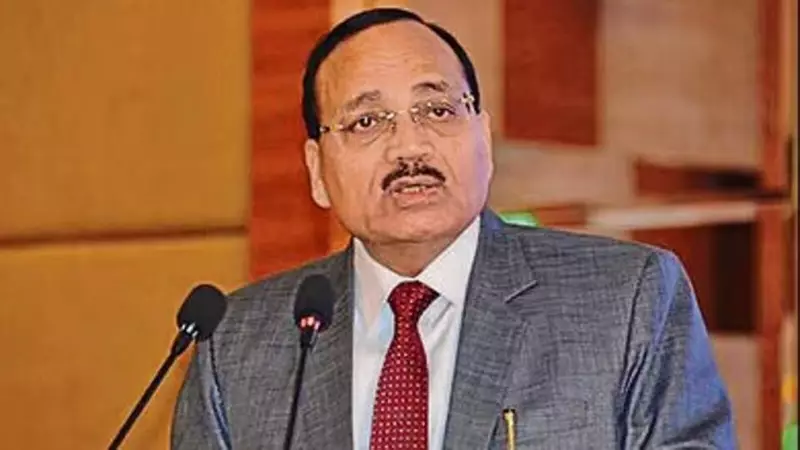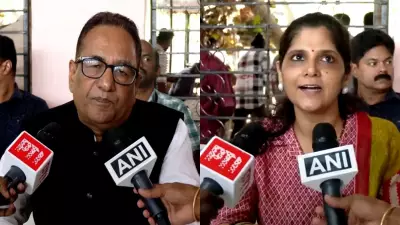
The wheels of India's judicial machinery are in motion as the government has formally initiated the crucial process to appoint the next Chief Justice of India. This development comes ahead of incumbent Justice B.R. Gavai's scheduled retirement on November 23, 2024.
The Succession Timeline
According to established protocol, the process for appointing a new Chief Justice typically begins approximately one month before the incumbent's retirement. The government has adhered to this timeline, ensuring a smooth transition at the helm of India's judiciary.
Understanding the Appointment Procedure
The appointment of the Chief Justice of India follows a well-defined constitutional process:
- The outgoing Chief Justice initiates the process by recommending the senior-most Supreme Court judge as successor
- The Union Law Ministry processes the recommendation
- The President of India gives final approval to the appointment
What This Means for Indian Judiciary
This transition marks a significant moment for India's legal landscape. The Chief Justice of India not only heads the Supreme Court but also plays a pivotal role in:
- Allocating cases to various benches
- Appointing court officials
- Leading the collegium system for judicial appointments
- Overseeing the administration of the entire judiciary
The appointment process is being closely watched by legal experts and political observers alike, as the new Chief Justice will shape the judicial direction of the country during their tenure.
Looking Ahead
As Justice Gavai prepares to conclude his distinguished service, the legal community awaits the official announcement of his successor. The smooth functioning of this appointment process underscores the stability of India's democratic institutions and their commitment to constitutional principles.





